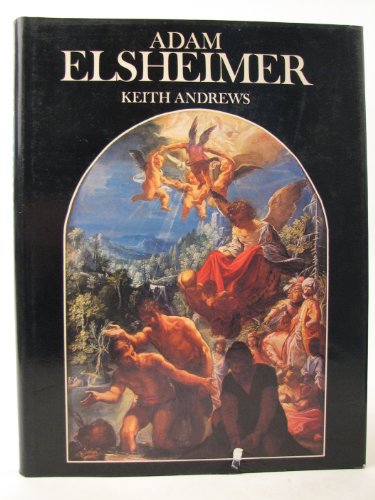The fact that I am tapping the
keys to my laptop early in the morning is a tribute to my determination to lay
off my compulsive reading of The Guardian as soon as I had eaten my muesli. The unrelentingly awful news contained in its
pages, that seems to bring to mind the worst excesses of the 1930s, and the
feeling that I could do nothing about what was happening, was certainly
beginning to get me down.
I now give the Guardian headlines
a rapid scan on my phone and do the quick crossword and then leave the gruesome
details for later in the day. I still
listen to the Today programme on Radio 4 - there are limits about how far I am
prepared to go to set myself free from negativity – but there is something more
transitory about hearing the news rather than reading it, and that makes it
easier to take. At least for me.
There is always the problem of 45. I, like so many others, have never (and will
never) come to terms with the reality of the present POTUS. You see, try as I might I cannot get the news
out of my mind, no matter how early in the morning I get up!
I have been struggling to find an
image to sum up my understanding of how characters like 45 and the ex-third-rate
Foreign Secretary actually see the world.
I know that both of them are incapable of seeing anything without the
opaque filter of their own egos, but I do wonder about characterising their
views of the political reality around them.
I suppose the easiest way for me
to consider them and their activity is to find a game that can act as a
metaphor for their respective approaches.
To start with 45. I think that he sees the world as a game of Jenga,
but his concept of the rules is not to see how many pieces he can pull out
without destroying the construction, but rather to find the piece that will
bring the whole structure down to ruin – and then reveal that he actually owns
a much better, gold plated, Trump-stamped version of the game that will make
everyone (i.e. himself) much better off.
And, after all, it’s only a game – and a game that lacks the seriousness
of, for example, golf.
Johnson, (I refuse to call him by
his Christian name because that gives a faux chumminess to his selfish egotism)
is the leading instigator of coulrophobia in British life. Dangling from a zip line while waving a toy
Union Flag, tousling his carefully unruly hair, roguishly spouting Latin to
liven up his calculated throwaway phrases, he assiduously works to polish his
upper-class-twit-of-the-people image to mask his embarrassingly naked ambition.
His game is a more sophisticated
one than 45’s, it’s the game of tea leaves.
You wait until the dregs are left in the cup, swirl them around and
invert the cup then gaze at the pattern that is left and interpret it as a sign
of the future. Johnson is a master of
pareidolia, apophenia, patternicity and agenticity – all of those are words that
define the ability to perceive patterns where none, perhaps, exist. Johnson wittingly or unwittingly (both work
for him) situations and then he defines the resultant chaos through the
refining lens of his own ego.
And, of course, Johnson has
perfected the “delete all and insert” approach to life. The term comes from my experience in General
Body meetings in university where in student debates someone would propose an amendment
of the “delete all and insert” type which converted the original motion into
its opposite! Johnson is very good at
that because he lacks historical perspective – at least as far as his own
ethical narrative is concerned. So, to
play his game, all you have to do if the last set of tea leaves were not
satisfactory is drink another cup of tea and get a new set.
Johnson is a ‘crisis manager’
not, in any sense that he is able to calm the situation or even manage it
competently, no, his type of ‘crisis manager’ is the type that makes the most
of a self-made crisis to advance his career.
Johnson is working to emulate his
role model, 45, so that he can walk down Oxford Street and shoot someone and
get away with it. Given the way that he
is regarded by the so-called base of the Lower Than Vermin Party, Oxford Street
might be a no-no, but the High Street in one of the more rural shire villages
might be a possibility.
It is now time for my swim where
I can wash away the import of the previous thoughts, at least for an hour or
so.
And then back to my work on
Elsheimer, who is proving to be a much more elusive character for my research
than I would have thought possible for a painter who is, undoubtedly,
famous. But that makes it all the more
interesting and I have ordered books!
When 45 and Johnson have been
consigned to the ignoble waste heap of grotesques, the paintings of Elsheimer
will still, in their jewel-like intensity, be providing delight. And that is an article of faith that I keep
hold of whenever I listen to the news!






